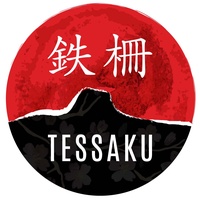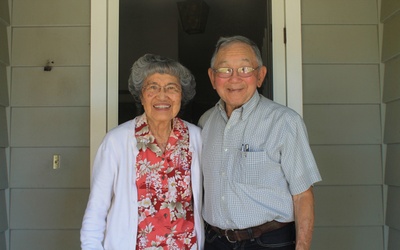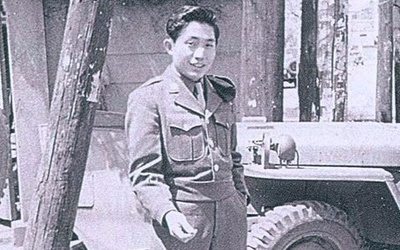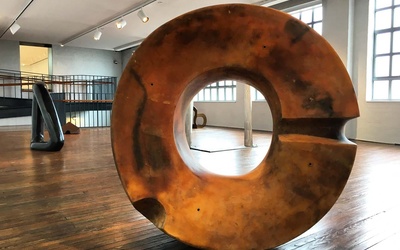Tessaku

Tessaku was the name of a short-lived magazine published at the Tule Lake concentration camp during World War II. It also means “barbed wire.” This series brings to light stories of the Japanese American internment, illuminating those that haven’t been told with intimate and honest conversation. Tessaku brings the consequences of racial hysteria to the foreground, as we enter into a cultural and political era where lessons of the past must be remembered.
Stories from this series
Sherman Kishi - Part 2
Nov. 1, 2017 • Emiko Tsuchida
Read Part 1 >> After you were in training, you were aware that it was leading up to the occupation of Japan? Yes, we expected that all along. The first thing was we got shipped out of San Francisco in July of 1945 and we were sent to the Philippines. They had ATIS–Allied Translation and Interpreter Section–part of the U.S. army and we were stationed close to Manila. We were there about the end of July and of course the atom …
Sherman Kishi - Part 1
Oct. 31, 2017 • Emiko Tsuchida
"After they gave us the redress, it just really relieved all of us who had been in the camp. Because camp was sort of a feeling of shame, that you had to be in a place like that. So we didn’t talk about it.” — Sherman Kishi Down a tucked away country road in Livingston, California sits a ranch-style house, welcoming guests with a driveway full of poppies. Adjacent to this house lies lush farmland filled with almond trees and …
Kazuo Yamaguchi
Oct. 13, 2017 • Emiko Tsuchida
Luckily for us growing up in New York City, there was very little discrimination. And my dad became friends with the top godfather of the Italian mafia. I must’ve thought I was part Italian. — Kazuo Yamaguchi To hear Kaz Yamaguchi speak is to hear the voice of a born and bred New Yorker, complete with the “go to hell” attitude. At 92 years old and still living on the East Coast, Kaz calls himself an oddity, one of the …
Isamu Noguchi - Part 3
Sept. 27, 2017 • Emiko Tsuchida
Read Part 2 >> Did he choose Poston due to it being on an American Indian reservation? I think it happened to be under Collier’s jurisdiction and I think he had been through Arizona previously. I don’t think he had too much say. If he couldn’t get out, why was that? Because I think once you’re entered into the system, your file becomes part of the pile and it’s just the bureaucracy of the whole situation. And also, you’re immediately a suspicious …
Isamu Noguchi - Part 2
Sept. 20, 2017 • Emiko Tsuchida
Read Part 1 >> Do you also feel that something about Isamu Noguchi’s mixed-race identity shapes his sociopolitical worldview? I think the time that he spent in Indiana was really formative. This heartland experience, and he’s in the presence of this industrialist who has various farming equipment manufactured, he runs a newspaper so he sees this guy essentially as the personification of the American businessman. And also he’s learning about the founding fathers and he’s definitely aware of the farming cycle. And …
Isamu Noguchi - Part 1
Sept. 13, 2017 • Emiko Tsuchida
“I begin to see the peculiar tragedy of the Nisei as that of a generation of transition accepted neither by the Japanese nor by America. A middle people with no middle ground. His future looms uncertain. Where can he go? How will he live? Where will he be accepted?” — Isamu Noguchi from “I Become a Nisei” (1942) Sculptor Isamu Noguchi was as fluid a creator as he was in his racial identity. Born to Leonie Gilmour, a white American …








